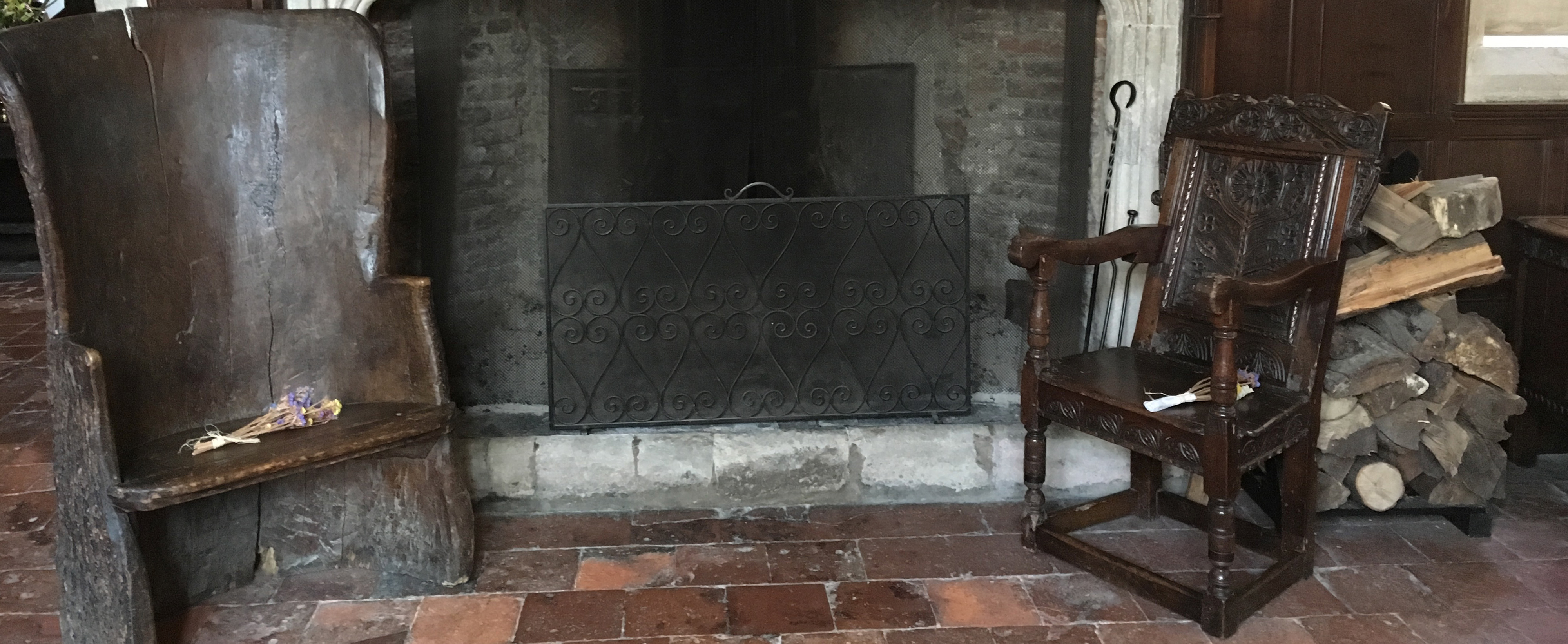Hearth tax documents reveal more of Bristol’s history as the second city of the Restoration period
- Monday, October 15, 2018
A unique, previously unstudied collection of hearth tax documents allows academics to piece together more of Bristol’s history

The latest volume in the Hearth Tax Series, compiled by the Hearth Tax Research Centre, covers Bristol during the late 17th century, when the city’s population grew by a quarter in just 20 years, and reveals a new understanding of what was becoming England’s second-largest city.
The hearth tax, sometimes known as chimney money, was a property tax introduced in England, Wales and Ireland in 1662. It was the first progressive tax designed to raise money fairly; wealthier people would have had larger houses, which would have required more hearths to provide sufficient heat. In theory, seventeenth-century lists of householders that include the number of hearths are a valuable census-type tool for historians, but in practice their accuracy is variable.
Bristol is fortunate because its Chimney Book brings together a series of hearth tax returns in a single manuscript and is unique in the surviving hearth tax records for Britain and Ireland. With its extensive information in householders and streets, it has been used to identify the locations of the houses, giving insight into both the buildings and people residing in these newly established areas.
Using supporting documentary and physical evidence, the Bristol hearth tax team has brought together expertise in the Restoration hearth tax, architectural history, vernacular architecture, social history and cultural history, to produce a series of new discoveries. One such discovery has been to deepen our understanding of the new suburb which was put up in the footprint of the castle and Royal Fort which had been demolished in 1655 on the orders of Cromwell.
Dr Andrew Wareham says ‘Combining hearth tax records in The National Archives of Kew, with the remarkable evidence in the Chimney Book has added a new and unparalleled dimension to the study of the Restoration hearth tax. This work develops our understanding of Restoration life and the growth of Bristol as a city.’
This is the eleventh edition in the Hearth Tax series produced by the Hearth Tax Centre in partnership with the British Academy and the British Record Society.
The University of Roehampton offers a range of courses in History. Our location in London and close proximity to The National Archives provides ample opportunities for research into British history.